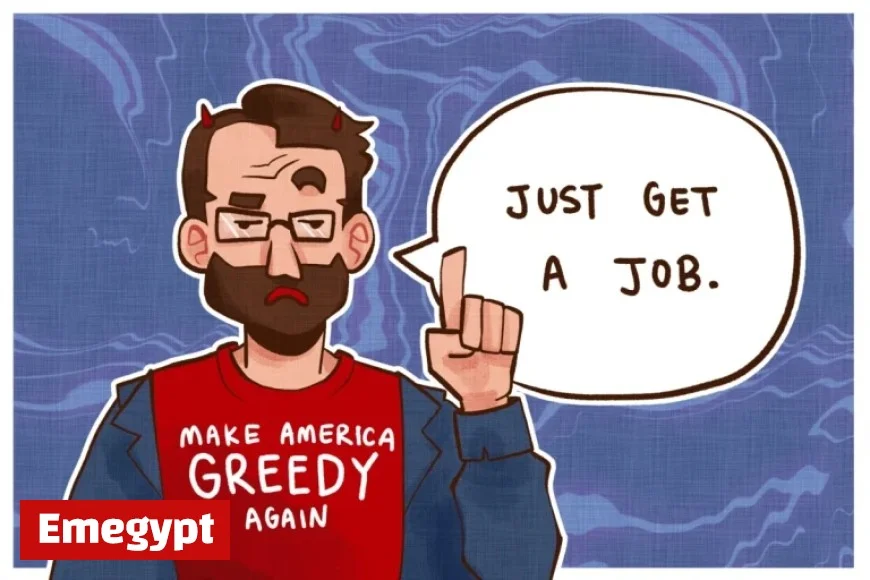Opinion on SNAP Funding Cuts Highlights America’s True Issue Beyond Laziness

As the government shutdown continues, concerns about the Supplemental Nutrition Assistance Program (SNAP) have intensified. On November 1st, funding for SNAP, commonly known as food stamps, ran out. Approximately 42 million Americans depend on this program to purchase food. Without new funding, these individuals face potential food insecurity.
Government Intervention and Funding Delays
Before the funds were depleted, a federal judge mandated the Trump administration to access emergency funds for November SNAP benefits. However, only a fraction of the typical SNAP budget is available through a Department of Agriculture contingency fund. As a result, recipients may experience delays ranging from weeks to several months before receiving assistance.
Misinformation and Public Perception
The ongoing discourse surrounding SNAP has been shadowed by misconceptions. Many critics argue that tax dollars are misallocated to support illegal immigrants or individuals perceived as unwilling to work. This narrative has only fueled debates about the legitimacy of government assistance to low-income Americans.
- Only 14 out of every 10,000 households using SNAP are found to commit fraud.
- Many SNAP recipients are working individuals or families, including federal employees affected by the shutdown.
Understanding SNAP Eligibility and Benefits
To qualify for SNAP, individuals must demonstrate work eligibility, typically requiring at least 80 hours of work each month, with exceptions for the elderly and disabled. Misinformed claims suggesting that noncitizens access these benefits overlook the requirement of a Social Security number for SNAP eligibility.
- 79% of SNAP households contain children, elderly individuals, or persons with disabilities.
- SNAP recipients spend their benefits similarly to non-recipients, often purchasing healthier foods.
Addressing Classism and Misplaced Blame
Despite clear data, some individuals remain opposed to any government support for SNAP. This opposition often stems from a lack of empathy or misunderstanding of the program’s beneficiaries. Wealthy corporations, including Walmart, have been noted for recording significant profits while their employees struggle to afford basic necessities.
The real issue lies in the structural problems within the economy. It is troubling that many who work full-time still require food assistance. This situation highlights the failure of employers to provide living wages for their staff.
Conclusion
The debate over SNAP funding cuts reveals deeper societal issues regarding empathy and class attitudes in America. As the shutdown continues, it is crucial to reassess how we address the needs of vulnerable populations and the systemic problems that contribute to food insecurity.






























